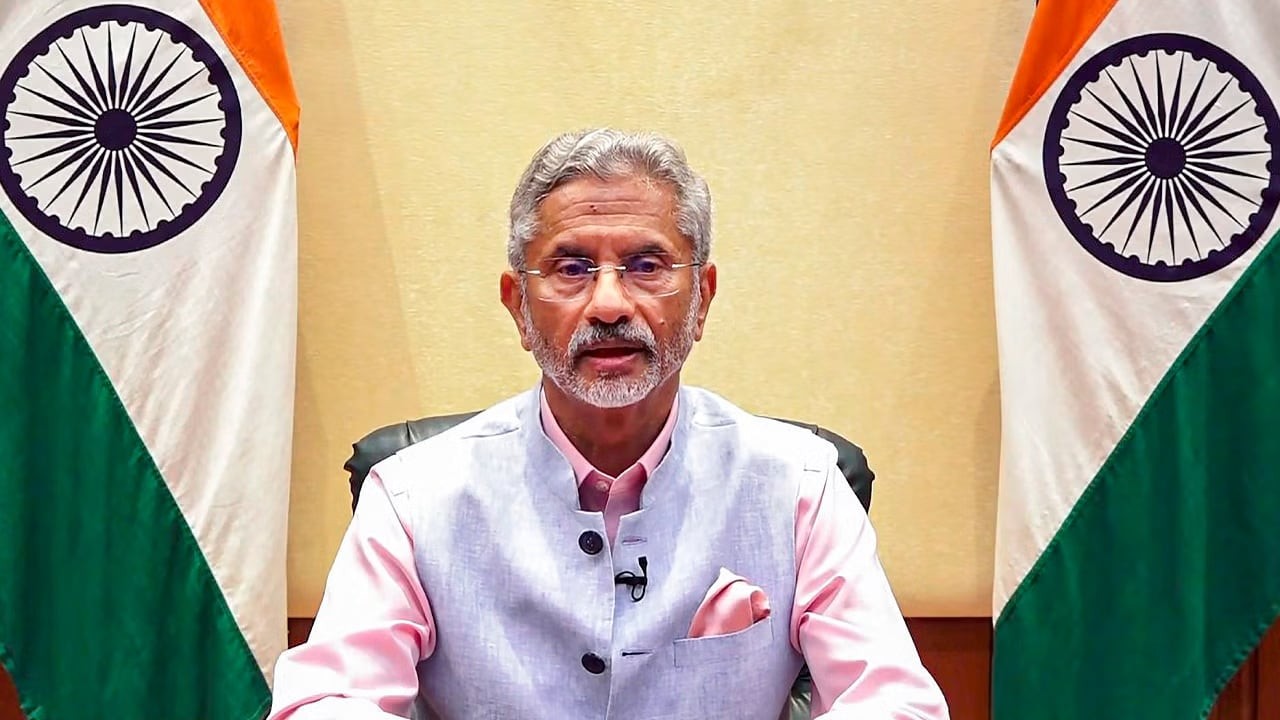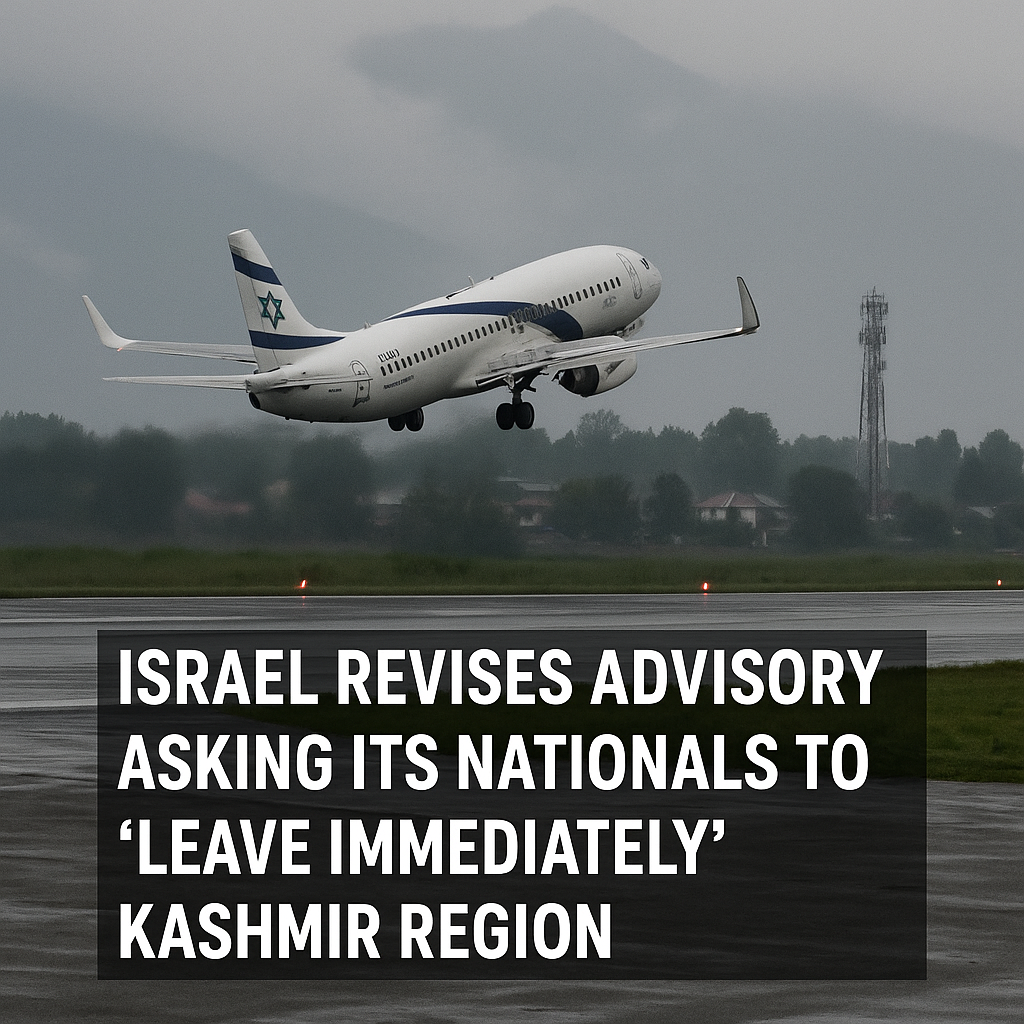Flash floods have become an all-too-common nightmare for the residents of Kuala Lumpur, raising an unsettling question: Do the authorities have a real plan to prevent these recurring floods, or are city dwellers left to brace for the next disaster?
The capital’s flood issues are no longer isolated incidents but have become a frequent, disruptive reality. On October 15, a heavy downpour brought the city to a grinding halt for hours, even delaying the Dewan Rakyat proceedings as access to Parliament was cut off. The very next day, another storm left motorists stranded across various locations, including the key artery of Jalan Parlimen.
The city’s residents can’t help but wonder whether the authorities are taking meaningful action or simply applying temporary fixes. Kuala Lumpur, the economic heart of Malaysia, cannot afford to be crippled by floods regularly. Beyond the millions in property damage, the floods jeopardize lives and well-being.
The causes are well known: rampant urbanization, outdated infrastructure, and a glaring lack of accountability from key government agencies, including the Kuala Lumpur City Hall (DBKL), the Department of Irrigation and Drainage (DID), and the Ministry of Housing and Local Government. Despite their critical responsibilities, these agencies have repeatedly fallen short, leaving the city vulnerable.
DBKL’s Failures in Urban Planning
DBKL plays a pivotal role in managing Kuala Lumpur’s urban development and public infrastructure. However, rapid urbanization has overwhelmed the city’s drainage systems, largely due to poor planning. The relentless conversion of green spaces into concrete surfaces, which block water absorption, has compounded the flood risk. This excessive runoff leads to overwhelmed drainage systems during heavy rainfalls.
Furthermore, DBKL’s failure to enforce proper regulations on new developments has worsened the situation. New high-rise buildings and residential complexes often spring up without adequate drainage or flood mitigation measures. While these developments may boost the economy, they exacerbate flood risks. Developers frequently flout regulations, and DBKL appears powerless to hold them accountable.
Despite repeated promises, DBKL has been slow to upgrade the outdated drainage infrastructure. The city’s expansion calls for forward-thinking planning, but what residents have experienced instead is a city paralyzed by torrential rains.
With newly appointed mayor Maimunah Sharif, there is hope that fresh leadership might bring the necessary reforms. But will it be too little, too late?
DID’s Reactive Approach
The DID is tasked with maintaining and improving the city’s water retention and drainage systems, yet it has consistently been reactive rather than proactive. Projects such as retention ponds and river deepening have been undertaken, but these measures have proven inadequate for handling the increasingly unpredictable weather.
A key issue is the lack of collaboration between DID and other local bodies like DBKL. While DID focuses on improving water management, its efforts are often undermined by poor urban planning and unchecked development overseen by DBKL. This fragmented approach prevents the city from adopting a comprehensive flood mitigation strategy.
Moreover, many retention ponds, crucial for capturing excess rainwater, are poorly maintained, clogged with debris and silt. Despite the obvious need for regular maintenance, the DID has failed to ensure that these systems remain fully operational.
The Ministry’s Oversight Gaps
The Ministry of Housing and Local Government plays a strategic role in shaping urban development policies, yet its inability to enforce sustainable planning at the local level has created a disconnect. National flood mitigation frameworks are drafted but rarely implemented effectively by local authorities like DBKL.
While billions of ringgit have been allocated for flood mitigation—RM22 billion in the 2024 budget alone—there is little transparency over how these funds are used. Whether the allocations are misused, insufficient, or simply inefficient remains unclear, but the ministry’s lack of oversight is unmistakable.
Where Does the Responsibility Lie?
The failure to curb Kuala Lumpur’s flash floods is a result of systemic inefficiencies across all three agencies—DBKL’s poor enforcement of regulations, DID’s inadequate infrastructure maintenance, and the ministry’s lack of oversight. While citizens continue to suffer, accountability remains elusive.
Perhaps the answer to who should be held accountable rests with the very MPs and ministers who, just last week, found themselves stranded by the very floods they are meant to prevent. Will this finally spark real change, or will the city’s residents remain at the mercy of nature? Only time will tell.








